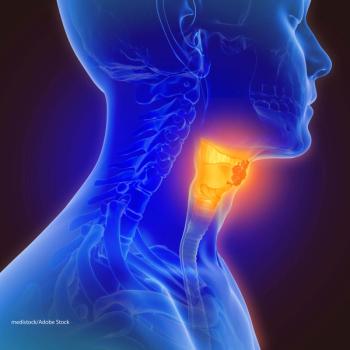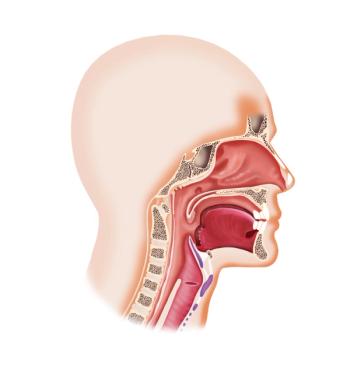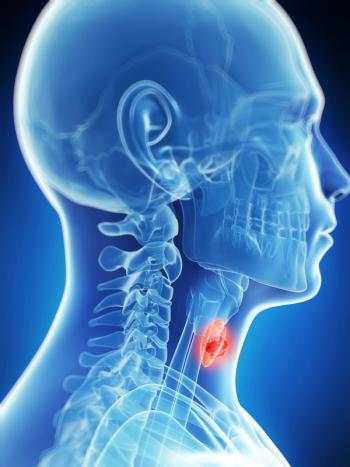
Chemoradiation Therapy vs Surgery in HPV-Positive Head and Neck Cancer
In this interview we discuss a retrospective study that looked at survival outcomes in HPV-positive oropharyngeal cancer patients treated with either definitive chemoradiation therapy or primary surgery.
In this Q&A with Jacqueline R. Kelly, MD, MSc, of the Yale Cancer Center and Smilow Cancer Hospital in New Haven, Connecticut, we discuss a retrospective study that looked at survival outcomes in human papillomavirus (HPV)-positive oropharyngeal cancer patients treated with either definitive chemoradiation therapy (CRT) or primary surgery. Dr. Kelly presented the results of the study (
-Interviewed by Ian Ingram
Cancer Network: Who were the patients involved in this study, and what were you looking to find?
Dr. Kelly: HPV-positive oropharyngeal cancer is becoming increasingly common in the United States. Current guidelines for treating oropharyngeal cancer recommend that we use either a primary surgical approach or CRT, but these guidelines are outdated and based on a different patient population, so we wanted to see if these two treatment options are really equal in HPV-positive oropharynx cancer patients.
We used the National Cancer Database, which captures about 70% of newly diagnosed cancers in the United States, and narrowed our patients down to those with locally advanced HPV-positive oropharyngeal cancers-notably, clinical T2N1 or T1–2N2a–2b disease. We ended up with a cohort of 3,168 patients, with one half receiving full dose concurrent CRT (n = 1,576) and the other half receiving primary surgery (n = 1,592) with or without adjuvant therapy.
Cancer Network: What were the findings from the study and what surprised you?
Dr. Kelly: At a median follow-up of 32 months we found that both treatments appear to have comparable 3-year overall survival outcomes in this patient cohort (90.8% with CRT vs 92.5% with primary surgery). Upfront surgery was also not associated with improved overall survival compared with CRT on multivariable Cox regression analysis (hazard ratio, 1.10; P = .48) or in a subset analysis of patients with margin-negative resection (3-year overall survival of 90.1% with CRT vs 93.5% with primary surgery; P = .14).
The other notable finding from the study is specific to our surgical patients. We looked at these patients and how they were treated in the adjuvant setting-to see if they received any radiation or chemotherapy following surgery-and found that 61% of surgical patients received CRT after surgery. That’s important because that’s considered trimodality therapy, which we know is both more expensive and more morbid than definitive CRT.
Cancer Network: What future research would you like to see in this patient population?
Dr. Kelly: Clearly across the country we’re not selecting our surgical patients as appropriately as we could be to avoid the need for adjuvant treatment. I think an important question for future research is: How can we better select surgical patients, how can we pick only those that are going to require minimal or no adjuvant therapy so that we’re not giving nearly two-thirds of these patients CRT? I’d like to see more research focusing on that.
Newsletter
Stay up to date on recent advances in the multidisciplinary approach to cancer.

















































































